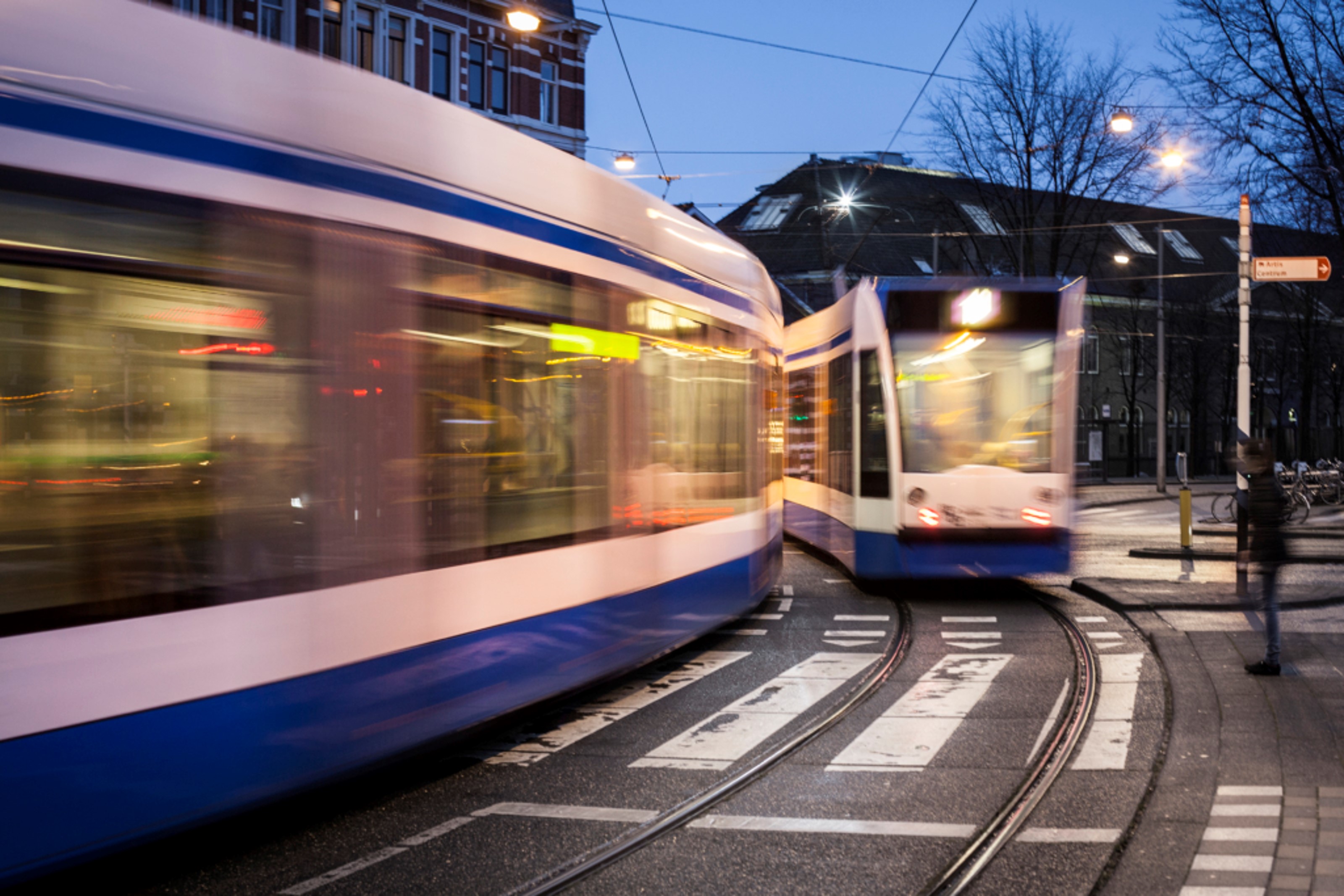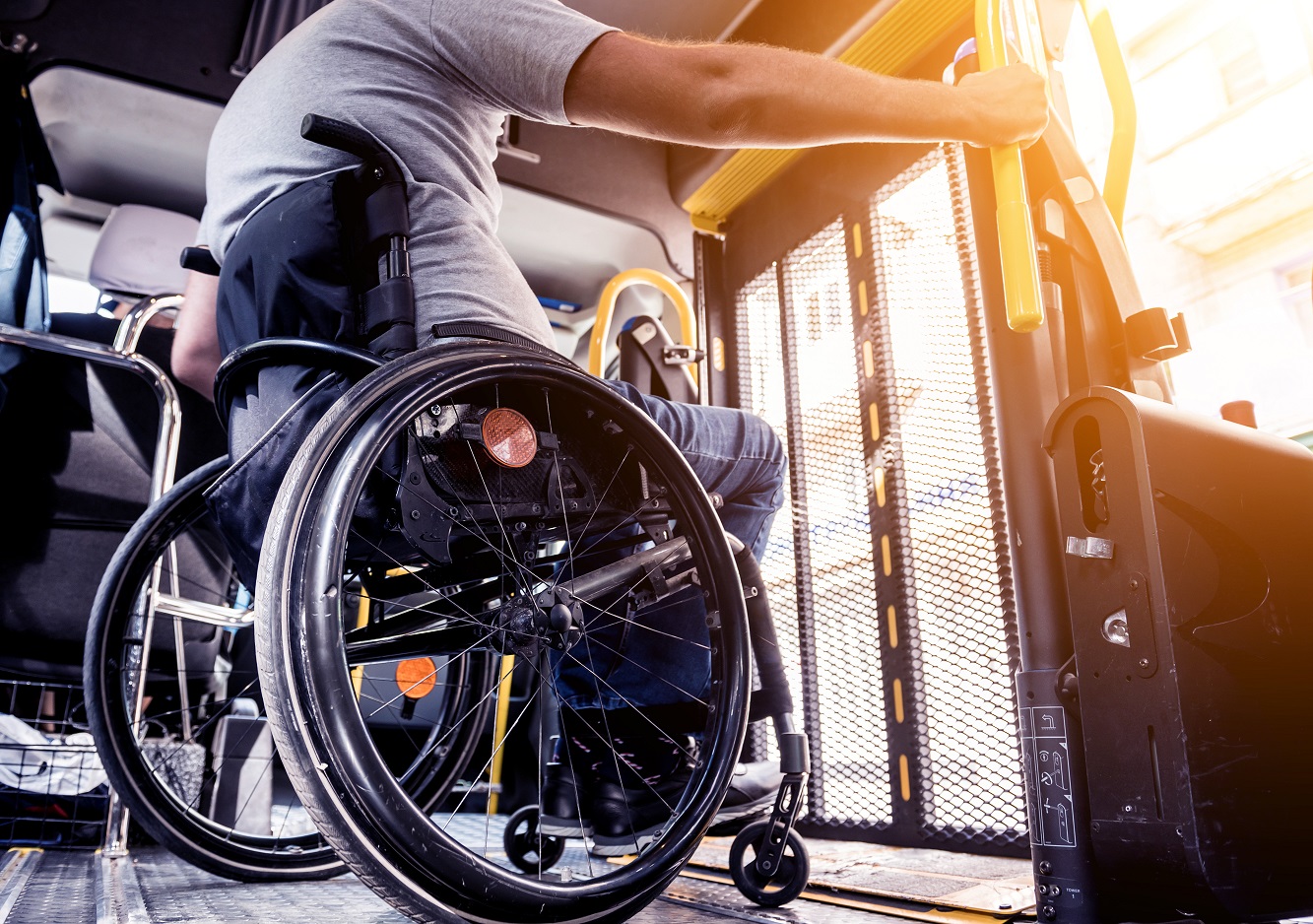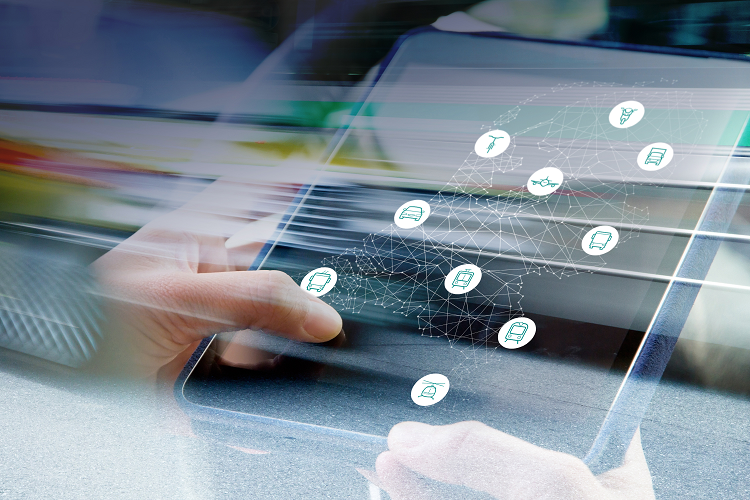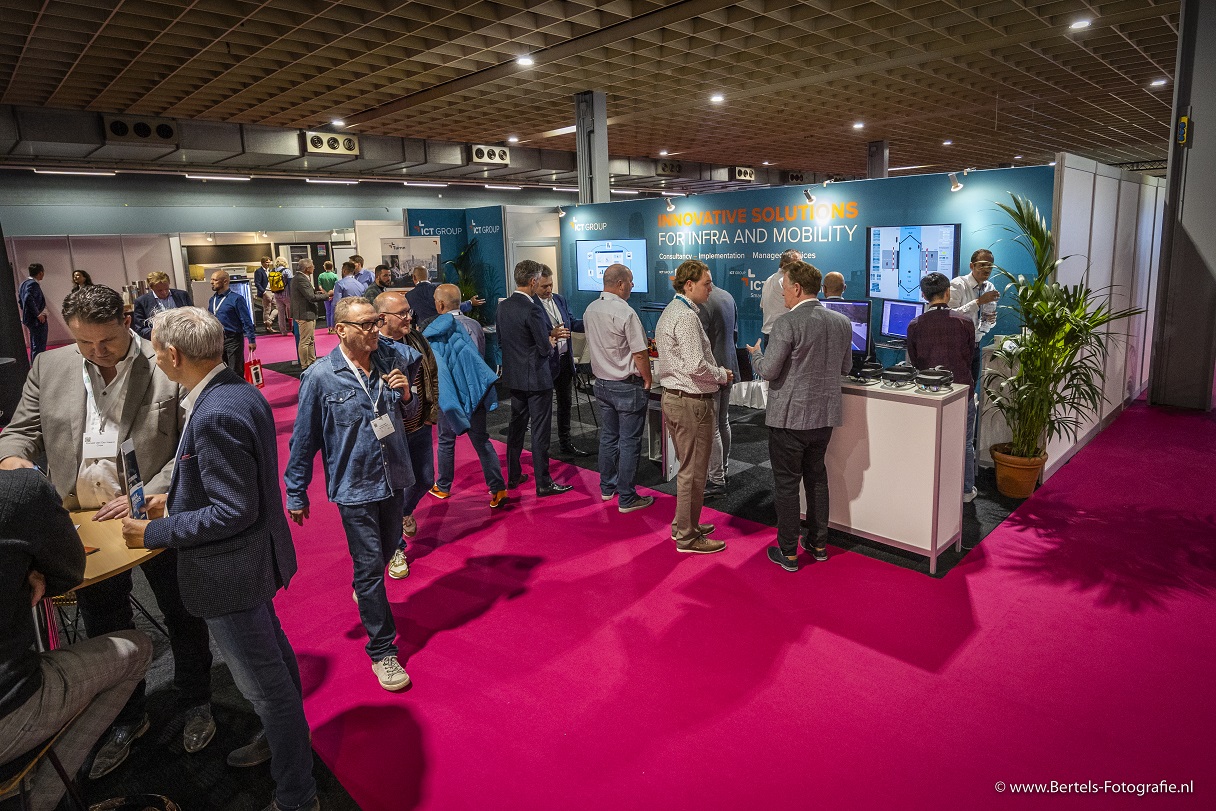
News
Use data in your mobility issues?
These technical bumps you need to take
- 15 December 2021
Insights are created by combining different types of data. If you do that in a smart way and make the right analyses, you suddenly see which issues are related and how you can guide people's behavior. You can then, for example, direct them to empty parking spaces, have them take the right detour route or park their car on the edge of town and then continue their journey by bus, streetcar or bicycle. That way you can find an answer to many different mobility issues. Wonderful, but technically there are a few things involved.
Translating dialects into the standard language
The first bump is that the data sources you use are often very diverse, says Max Martens, technical designer and information analyst at InTraffic. "They obviously store a different type of information, but they are also often constructed completely differently. Moreover, they all speak different dialects. For example, one system records time in hours, the other in minutes or seconds; one system works with meters, the other with centimeters. You must first translate these dialects into a standard language, think SIRI, DATEX or BISON, for example, in order to combine data from different systems. In the data model, you determine what data you are going to collect and how you will capture that data. Because only when you have a consistent whole can you start combining different data and gain new insights from it."
Networking and security challenges
Another challenge is in the network technology to be used. "If you want to start using data in real time to control traffic lights, for example, there should be no delay on the line. So you have to be well aware of latency. Moreover, you also have to think carefully about the bandwidth needed and the costs involved." In this area, InTraffic works with partners.
You also have to deal with security; you can't just tap every little stream of data. Privacy also plays a role: which data can you use for which applications? And in what form can you use that data? Which data should be anonymized and which should not? Martijn: "So you also need legal knowledge in addition to technical knowledge so you don't develop solutions that violate the AVG."
"You first have to translate the dialects into a standard language. Because only when you have a consistent whole can you start combining different data and gain new insights from that."
- Max Martens, technical designer and information analyst at InTraffic
Visualizing data
While Max specializes in bringing in and structuring raw data from an increasing number of different sources, Chung Kit Lee, as a data scientist at InTraffic within the Data Solutions & Services team, is concerned with the next step: gaining insights from that data. "Because there are an awful lot of different types of data involved, we're thinking about how to present that data in a way that creates new insights. To do that, we use different types of visualizations. Because one image says more than a thousand words."
Recognizing patterns
To start driving real-time data, you need a lot of historical data, Chung Kit explains. "The historical mobility data shows how traffic and public transport normally behaves. The real-time data tells if today's situation deviates from how it is normal, so you can take action. The question, however, is: what is normal? And how much data do you need to recognize patterns? During the corona lockdowns, for example, there was much less traffic on the road than during a period without lockdowns. Some winters you have many more days when it is slippery than others. Last year you had the exceptional situation of snow and ice during the lockdown. You therefore need domain knowledge to properly interpret the data and draw the right conclusions."
Adding new data sources
You also need domain knowledge to understand what type of data would be desired to make even better decisions. Chung Kit's eyes begin to shine when he says, "Governments are currently spending a lot of money on smart mobility. More and more data sources are coming in. Think of data from Internet of Things (IoT). There are sensors that can measure noise, the amount of particulate matter in the air and so on. And then you have open data such as weather forecasts from KNMI. The more of that data you put into your model, the more accurate you can monitor and the more targeted you can intervene. Fortunately, many of those data sources already use existing standards, such as NeTEx, DATEX, SIRI or BISON, which we already have experience with. That helps with interpretation of data that comes in. But we also deal a lot with "raw" unstructured data. It's a challenge to structure and process this data without increasing latency."
Still, you do want to add those data sources, says Chung Kit. "Because the more data you put into your model, the more accurate you can monitor and the more targeted you can intervene."
"You need domain knowledge to properly interpret the data and draw the right conclusions."
- Chung Kit Lee, data scientist on InTraffic's Data Solutions & Services team
Traffic expert view is indispensable
In all of this, you have to constantly keep a traffic expert's eye on things, cautions Chung Kit. "After all, traffic is constantly changing. Not so long ago, on the bike path you had mostly 'regular' bikes with the occasional moped or cyclist. Now there are cargo bikes, electric bikes, electric scooters. You also see more and more municipalities thinking about residential areas with limited parking facilities or only parking facilities for shared cars, so they push people towards public transport and shared transport. So you can't make predictions based solely on historical data. You also need traffic engineering knowledge, knowledge of public transport and knowledge of people's behavior when it comes to mobility."
Generic platform that can be customized
InTraffic assists many municipalities with their mobility issues. In doing so, we reuse solutions that we have developed before. Max: "Every municipality will want to do different things with the data. So the mobility issues will be different every time. But the platform behind it can be generic. After all, you are constantly dealing with the same type of data - from traffic lights, loops in the road, from public transport, from parking garages, from sensors that measure vibrations, air pollution or noise and so on. Because we work for different governments, we can use that generic model as a basis and then build a specific solution with it that suits a specific municipality. That way you avoid, as a municipality, inventing a wheel that already exists."



